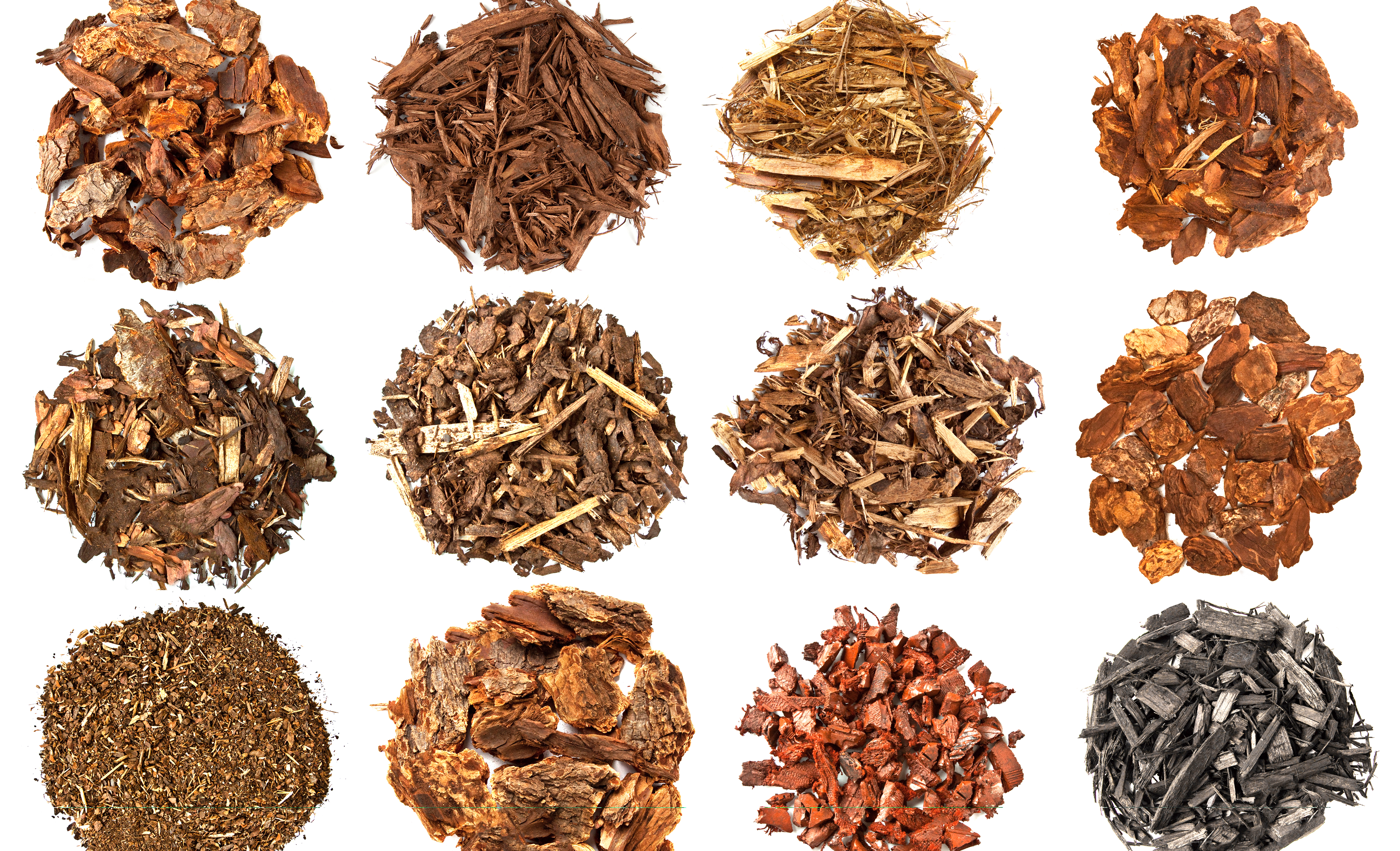Mulch. Merriam-Webster defines it as “a protective covering (as of sawdust, compost or paper) spread or left on the ground to reduce evaporation, maintain even soil temperature, prevent erosion, control weeds, enrich the soil or keep fruit (such as strawberries) clean.” Holy mulch!
With numerous applications, if you aren’t already offering mulching services to your customers, it’s definitely something to consider.
Let’s dig in to the M-U-L-C-H behind mulch.
Materials (M)
There are many different varieties of mulch available, but all types fall under one of two categories: organic and inorganic.
Organic mulch is a mulch made out of natural substances such as bark, wood chips, leaves, pine needles or grass clippings. They decompose over time and need to be replaced after a few years, according to Clemson Cooperative Extension (CCE).
In contrast, inorganic mulches, such as gravel, pebbles and landscape fabrics, do not decompose, the CCE explains.
Common Mulches
| Organic Mulches | Inorganic Mulches |
| Bark | Gravel |
| Wood Chips | Pebbles |
| Leaves | Landscape Fabrics |
| Pine Needles | Shredded Rubber |
| Grass Clippings | Plastics |
| Newspaper |
Use (U)
Organic and inorganic mulches cover different territories. Determining which type you should use depends on your application setting and need for permanency.
Organic mulches work great in gardens. Vegetable gardens, flower gardens and even select types of specialty gardens are great options for this type of mulch. It will need re-applied, as organic mulch eventually deteriorates.
Inorganic mulches provide dependable, permanent solutions. Playgrounds, permanent planting areas and flowerbeds in need of a long-term weed control solutions are all candidates for inorganic mulches.

Location (L)
Some mulches are easier to obtain, or work better, in different regions. The National Gardening Association suggests talking to a local landscape supplier. Ewing’s Service Professionals can show you mulch options specific to your area.
According to the National Gardening Association, out-of-the-ordinary mulching examples can include: cottonseed, buckwheat, sawdust, corncobs, grape pomace, pine straw and pecan, walnut and rice hulls.
Calculation (C)
After selecting a mulch and determining its use, the next step is to calculate how much mulch you will need and when to apply it.
Before starting, ask these questions posed by the United States Department of Agriculture: What do I hope to achieve by mulching? How large is the area to be mulched? How much mulch will I need to cover the area? 
If you’re looking to apply mulch to a vegetable or flower garden, the USDA suggests putting it down in the spring when the soil is warm. If you plant seeds in cold or wet soil the germination process will be slowed down. This can cause the seeds to decay.
On the other hand, if your purpose in using mulch is to nullify the cold winter temperatures, consider applying mulch in the late fall before the coldest temperatures set in.
The USDA advises leaving a 1-inch space around plants to prevent humidity-influenced disease and removing weeds before applying mulch.
When you’re ready to start the application process, visit your local Ewing store for a variety of tools to help you spread the mulch.
[box type color="green"]View USDA Guidelines and Application Rates[/box]
Health (H)
According to the USDA, mulches help benefit soil health by creating a barrier between the soil and the air. This moderates the soil temperature.
When applied correctly, benefits to soil health include protecting the soil from erosion, conservation of moisture, maintaining even soil temperature and prevention of weed growth.
Mulching is a simple practice that immensely benefits gardens and landscapes. Now that you know the M-U-L-C-H in mulch, try adding this offering to your services today!




